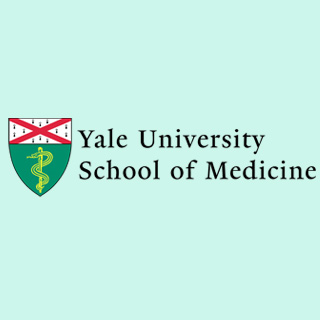
The large study of intracranial aneurysms included over 2,00,000 volunteers. The team examined around 5,891 aneurysm patients from Japan and Europe and 14,181 unaffected subjects. They searched across the complete genome for alterations in the genetic code that could be shared more frequently by aneurysm patients as compared to unaffected people. The study authors found out that if a person carries all of the risk variants found by the Yale-led team, they are five to seven times more probable to experience an aneurysm as opposed to people who have none.
This study was led by Gunel and Richard Lifton, Sterling Professor and Chairman of the Department of Genetics at Yale and a Howard Hughes Medical Institute Investigator.
“These findings provide important new insights into the causes of intracranial aneurysms and are a critical step forward in the development of a diagnostic test that can identify people at high risk prior to the emergence of symptoms. Given the often-devastating consequences of the bleeding in the brain, early detection can be the difference between life and death,” commented, Murat Gunel, Professor of Neurosurgery, Genetics and Neurobiology at Yale and senior author of the paper.
Gunel and Lifton observed that such large studies are apparently only feasible due to drastic enhancement in speed and efficiency of genomics technology and the cooperation from over 70 international study authors who enlisted thousands of subjects and gathered DNA samples.
Gunel mentioned, “It is clear that the key to unlocking the biology of this disorder is the combination of massive numbers of patients and the availability of state of the art genomics infrastructure.”
While these discoveries have supposedly converted the comprehension of the genetic threats for intracranial aneurysms, significant work remains. The median age when aneurismal hemorrhagic stroke arises is roughly 50 years old, and there seems to be generally no warning signs. In most of the cases, the resultant strokes may cause death or acute brain impairment. With no way to detect aneurysms before these events, physicians have been generally left to react after the fact, once the impairment has mostly been done.
The study was published in Nature Genetics.
